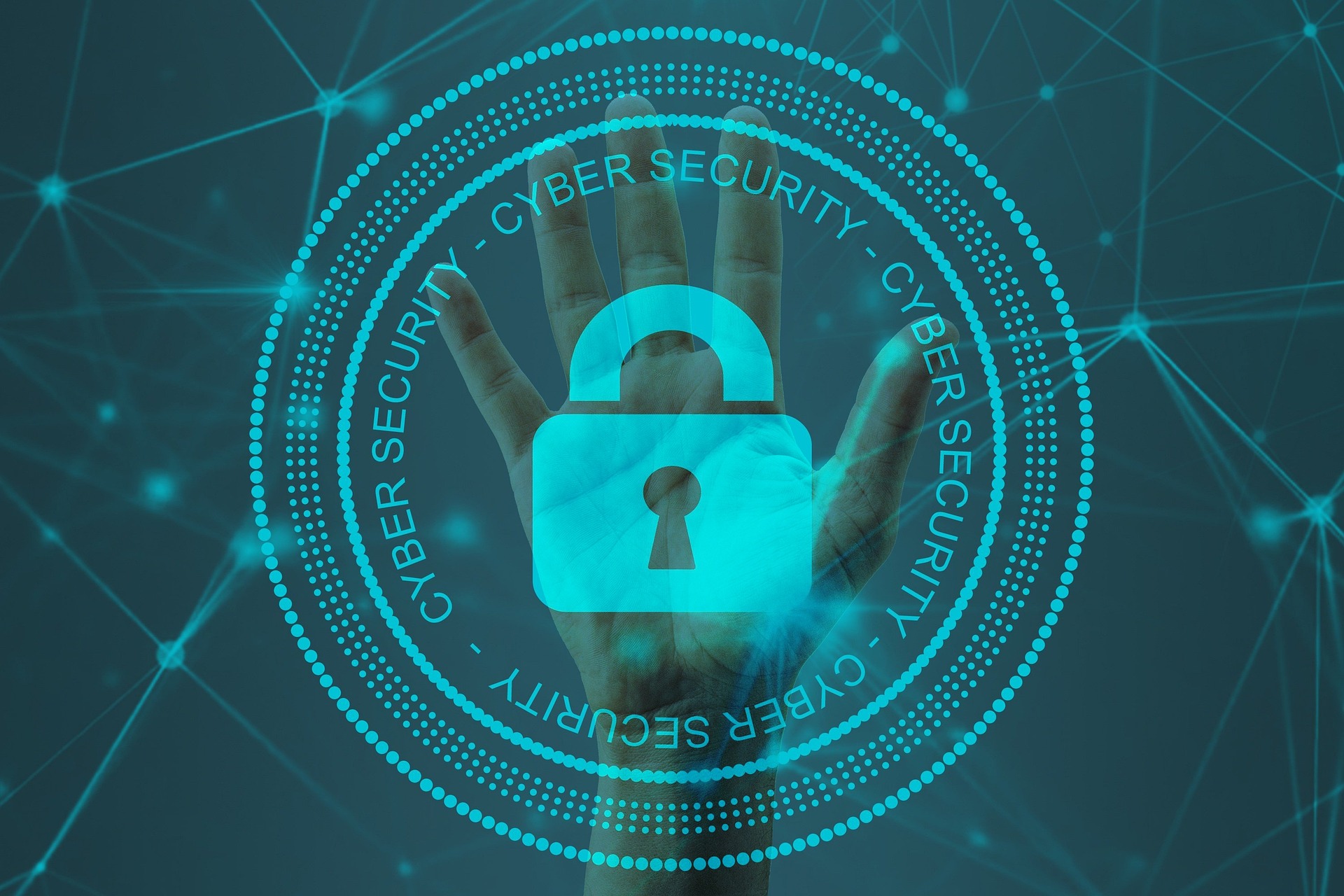In today’s interconnected world, cybersecurity is no longer optional. Every click, login, and online transaction exposes individuals to potential risks. Cybercriminals exploit vulnerabilities, stealing sensitive data, identities, and even financial assets. Understanding how to safeguard your digital life is crucial in mitigating these risks. This guide provides essential cybersecurity principles and practical steps to enhance personal security online.
Understanding Cyber Threats Cyber threats come in many forms, each with the potential to compromise security. Malware, phishing, ransomware, data breaches, and identity theft are among the most common threats. Malware includes viruses, worms, and spyware that infiltrate devices to steal or corrupt data. Phishing attacks use deceptive emails and websites to trick individuals into providing sensitive information. Ransomware encrypts files and demands payment for their release. Data breaches expose personal and financial data, leading to identity theft and fraud.
Creating Strong Passwords and Managing Them Securely Weak passwords are a major vulnerability. Using strong, unique passwords for each account helps prevent unauthorized access. A strong password consists of at least twelve characters, including uppercase and lowercase letters, numbers, and special symbols. Avoid using easily guessed passwords such as birthdays or common words. Password managers offer a secure way to store and generate complex passwords. Enabling multi-factor authentication (MFA) provides an additional layer of security by requiring a secondary verification step.
Recognizing and Avoiding Phishing Scams Phishing attacks deceive users into divulging sensitive information. These scams often appear as legitimate emails, messages, or websites requesting login credentials or financial details. Verifying the sender’s email address, checking for spelling errors, and avoiding unsolicited requests for personal information help prevent falling victim to phishing scams. Hovering over links before clicking can reveal the true URL, ensuring it matches the intended destination.
Keeping Devices and Software Updated Cybercriminals exploit outdated software to gain unauthorized access. Regularly updating operating systems, applications, and antivirus software helps close security gaps. Enabling automatic updates ensures devices receive the latest security patches promptly. Avoiding downloads from untrusted sources reduces the risk of malware infections.
Securing Internet Connections and Wi-Fi Networks Public Wi-Fi networks pose security risks as they are often unencrypted, allowing attackers to intercept sensitive data. Using a virtual private network (VPN) encrypts internet traffic, making it difficult for hackers to access transmitted data. Securing home Wi-Fi by changing default router passwords, enabling WPA3 encryption, and hiding the network’s SSID enhances security. Restricting guest access and regularly updating router firmware further strengthens protection.
Practicing Safe Online Behavior Social engineering attacks manipulate individuals into revealing confidential information. Avoid oversharing personal details on social media, as cybercriminals use this information to craft convincing scams. Verifying sources before sharing links, using reputable websites for transactions, and being cautious with email attachments help maintain online security. Educating oneself about cybersecurity threats empowers individuals to make informed decisions.
Backing Up Important Data Regularly Data loss can result from cyberattacks, hardware failures, or accidental deletions. Regular backups ensure critical files remain accessible. Cloud storage services, external hard drives, and network-attached storage (NAS) devices offer reliable backup solutions. Using encryption for backups protects sensitive data from unauthorized access.
The Importance of Cybersecurity Awareness Cyber threats evolve constantly, requiring continuous learning and adaptation. Staying informed about emerging threats, following cybersecurity best practices, and adopting proactive security measures safeguard personal and financial information. Cybersecurity is a shared responsibility, and by implementing these protective strategies, individuals can significantly reduce the risk of cyberattacks.
Protecting your digital life begins with awareness and action. Applying cybersecurity principles strengthens defenses against cyber threats, ensuring a safer online experience. By securing passwords, recognizing scams, updating software, and practicing safe browsing habits, individuals enhance their cybersecurity posture, preventing potential cyber incidents.





